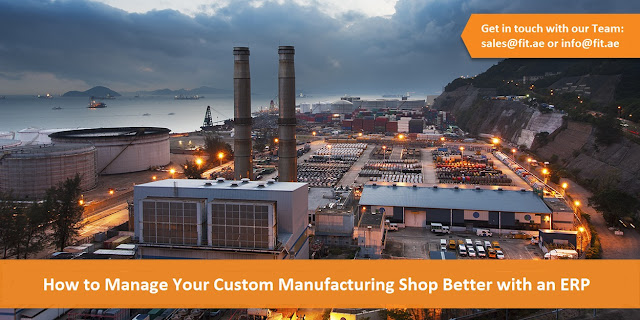How to Weigh the Pros and Cons of Purchasing ERP

These are typical worries that our team of experts has heard in regards to ERP systems. A substantial amount of organizations’ complaints and questions about the worth of an ERP system have validity: ERP solutions are expensive, difficult to select, and can be tricky to implement. On the other hand, there’s little doubt that ERP solutions are necessary for process manufacturers that want to compete on a national or global scale. It is almost impossible for manufacturers needing comprehensive lot traceability, financials, and extensive quality control requirements to operate without an integrated system. Horizon’s ERP solution provides a complete system from beginning sales order entry through the manufacturing and accounting process. ERP fully integrates the critical needs of batch processing: forward and backward lot tracking, inventory control, order entry, manufacturing, and bill of materials maintenance. Unfortunately, many companies get caught in a quandary. Should they for


